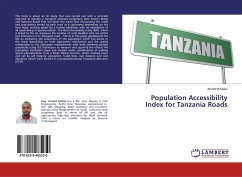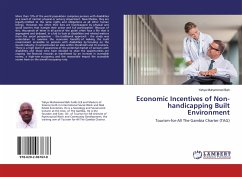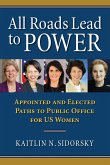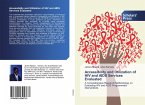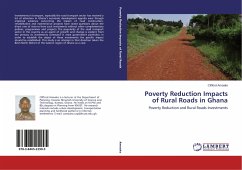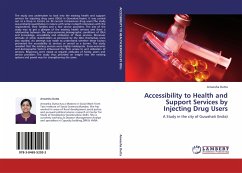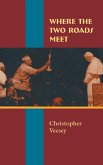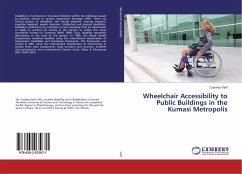This book is about an AI study that was carried out with a principle objective to identify a transport network comprising both District Roads and National Roads that will show the travel time onaccessing the roads and populations served by each road as a catchment depending on the land slope, walking speed for a human behaviour with an assumption of all roads being in goodcondition. The Rural Accessibility Index (RAI), which is linked to the AI, measures the number of rural dwellers who live within two kilometres of an all-season road. . The AI in this paper goesbeyond the RAI by estimating the proportion of the population which has access to the roads depending on both population distribution and the spatial relationship to the associated roadnetworks with both elements plotted graphically using GIS techniques to measure and quantify the effects The population catchment slope was derived under consideration of walking speed withcalculation from a Tobler Hiking function, which involved slope and cell by cell distance calculation, travel time, cost distance and cost allocation which were derived in a projectedUniversal Transverse Mercator (UTM).

